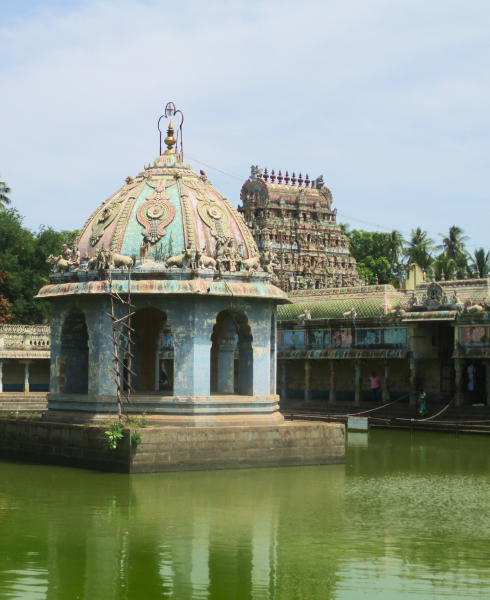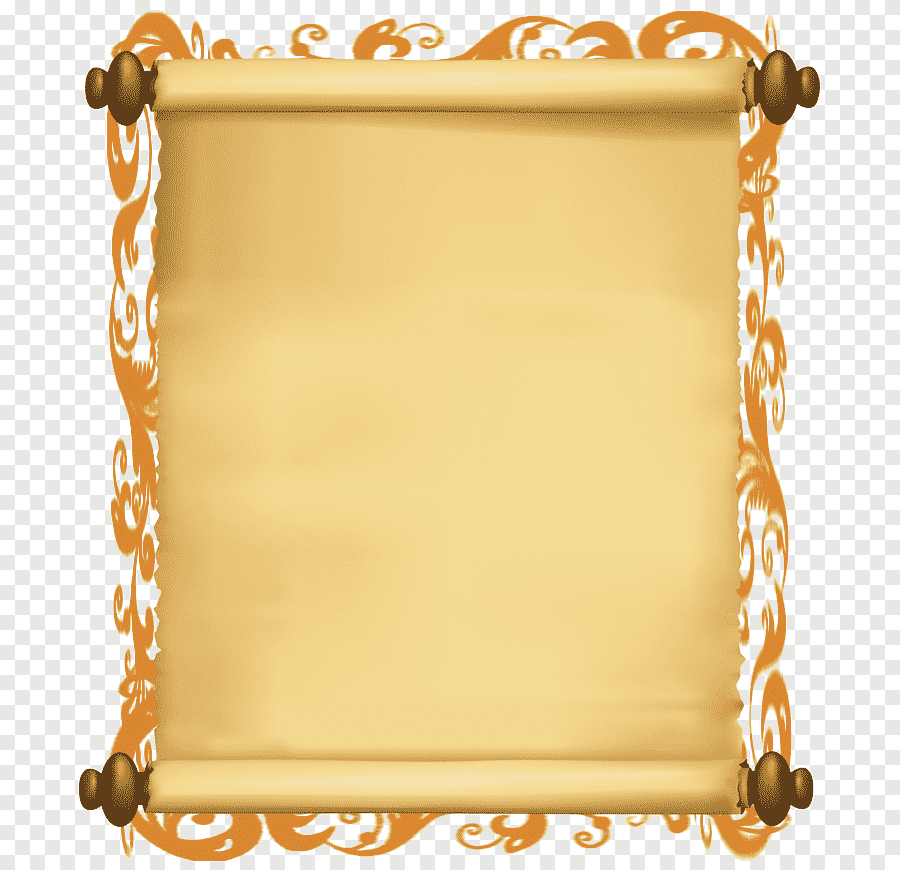

Founded by A. Devendran, B.A., our center stands as a beacon of traditional and authentic Olaichuvadi astrology, offering timeless wisdom and insights derived from ancient palm-leaf manuscripts. Located in the sacred town of Vaitheeswaran Koil, we proudly uphold the legacy of Sri Agathiyar and Birugu Maharishi, who are renowned for their divine contributions to Nadi astrology. Our center is rooted in a family tradition that has spanned generations, carrying forward the sacred duty of interpreting the divine guidance inscribed on Olaichuvadi manuscripts.
Our center offers personalized consultations at Vaitheeswaran Koil and extends its services online to cater to individuals across India and around the world. We are deeply honored to have earned the trust and recognition of countless individuals, including esteemed personalities and organizations globally. For over four generations, we have remained steadfast in our commitment to serve, offering guidance that transcends time and space.

Discover your destiny and life’s purpose through the divine wisdom of ancient palm leaf manuscripts.
Unveil your destiny and life’s purpose through sacred palm leaf manuscripts.
Gain precise predictions for key aspects of life, including career, health, and relationships.
Discover tailored remedies to overcome challenges and harmonize your karmic energies.
Access ancient Naadi wisdom online for accurate predictions and spiritual insights.
Unlock the secrets of your soul’s journey with guidance from revered sages.




Our team of dedicated Naadi astrologers have years of experience in decoding the sacred texts, ensuring that your reading is accurate and insightful.
Every thumb impression leads to a unique leaf, and every leaf holds answers to the seeker’s life questions. We ensure that your reading is personal, transformative, and tailored to your needs.
We perform the Naadi reading in a peaceful, spiritual setting to honor the divine energy and wisdom of the ancient sages.
Our readings have helped countless individuals make important life decisions with confidence and clarity.
Our services are available worldwide, bringing the profound insights of Naadi Astrology to people across the globe.
Happy Clients
Language Available
Ancient Palm Leaves
Top-Rated Reviews
Vaitheeswarar Koil, located in the town of Vaitheeswaran Koil near Chidambaram in Tamil Nadu, is one of the most revered temples dedicated to Lord Shiva, worshipped here as Vaitheeswaran, the "God of Healing." It is believed that Lord Shiva, as Vaitheeswaran, has the power to cure all ailments, especially skin diseases, and bring health and wellness to his devotees. The temple’s sacred tank, Siddhamirtham, is said to contain healing properties, with many pilgrims taking a dip for spiritual and physical purification.Vaitheeswarar Koil is also renowned for its association with Naadi Astrology. Ancient sages like Maharishi Agasthiyar are said to have inscribed palm leaves that predict the life journeys of individuals, which are now read at this sacred site by expert Naadi astrologers. Devotees from around the world visit the temple not only for spiritual healing but also to receive their Naadi readings and find guidance on their life’s path.
The temple is rich in history, adorned with beautiful Dravidian architecture, and holds deep spiritual significance for those seeking healing, divine blessings, and insight into their destiny.
"Through their ancient methods, we gained clarity on our career and personal goals. It’s amazing how precise the predictions were—life feels more focused now."
